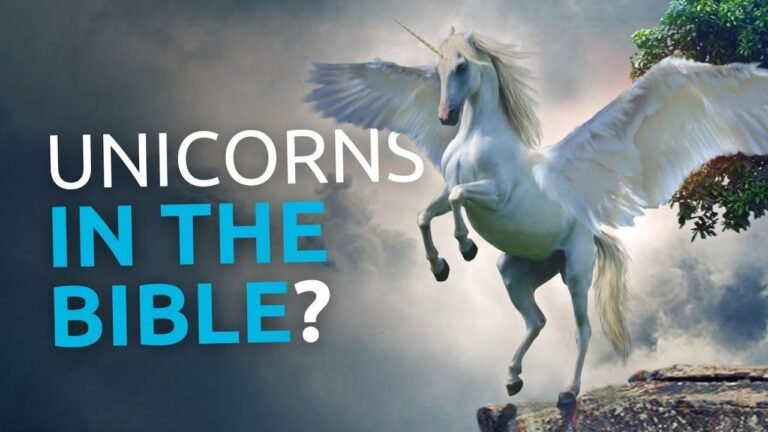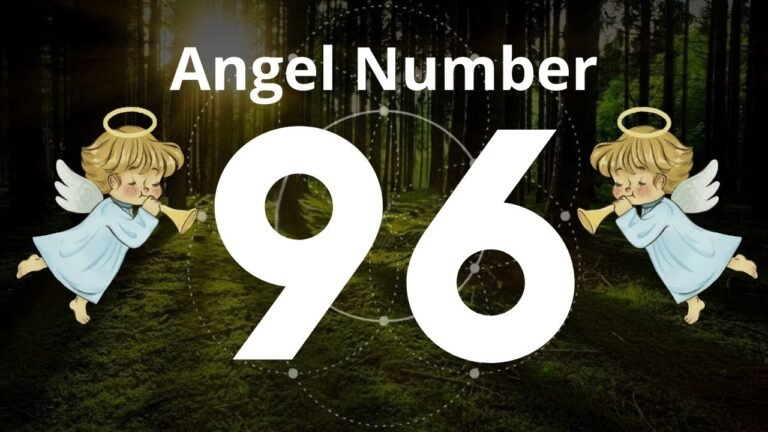The Mystique of the Biblical Unicorn: Myth or Reality?
The biblical unicorn, often shrouded in mystery and myth, has captivated the imaginations of scholars and enthusiasts alike for centuries. Mentioned in various translations of the Bible, this enigmatic creature symbolizes purity, strength, and grace. Despite extensive debate surrounding its existence and representation, the unicorn continues to inspire artistic interpretations and cultural references, bridging the gap between ancient texts and modern mythology. In this exploration, we delve into the origins, significance, and enduring legacy of the biblical unicorn, revealing how it remains a powerful symbol in our collective consciousness.
What is the meaning of unicorn in the Bible?
In the Bible, the term “unicorn” refers to a powerful and untamable creature, often interpreted as a symbol of ferocity and strength. Descriptions found in verses such as Numbers 23:22 and Isaiah 34:7 suggest that this animal, though called a unicorn, is more likely a two-horned beast, possibly akin to a wild ox or ox-antelope. Despite the ambiguity surrounding its exact identity, the unicorn serves as a striking representation of untamed nature and divine power in biblical texts.
What does the word unicorn refer to in the KJV Bible?
In the King James Version and Douay Bible, the term “unicorn” appears as a translation of the Hebrew word “re’em,” signifying a creature of great strength and majesty. This fascinating term is mentioned nine times throughout the scriptures, including notable passages in Numbers, Deuteronomy, Job, Psalms, and Isaiah. Each reference evokes a sense of wonder and power, contributing to the mythical allure surrounding the unicorn as a symbol of purity and grace in biblical literature.
What does the word unicorn mean in ancient Hebrew?
In ancient Hebrew, the term for a magnificent horned creature is reʾem. This enigmatic animal has sparked much discussion among scholars and translators alike, as its depiction varies across different biblical interpretations. Historically, many translations opted for “unicorn” or “rhinoceros,” reflecting the awe and mystery surrounding this legendary beast.
However, contemporary translations have shifted towards the more accurate interpretation of reʾem as “wild ox,” specifically referring to the aurochs, a now-extinct species. This evolution in understanding highlights the importance of linguistic precision in biblical texts, revealing how language shapes our perception of ancient symbols and the creatures that once roamed the earth.
Unraveling the Enigma of the Unicorn in Scripture
Throughout biblical texts, the unicorn emerges as a fascinating enigma, symbolizing purity, strength, and mystery. Often depicted in poetic verses, this majestic creature is believed to embody the divine and the unattainable, capturing the imagination of believers and scholars alike. While interpretations vary, some suggest that the unicorn represents the ideal of holiness and the pursuit of a life aligned with spiritual truth. This mythical being not only enriches the tapestry of scripture but also invites deeper contemplation on the nature of faith and the wonders that lie beyond human understanding. As we delve into its biblical references, we uncover layers of meaning that resonate with the timeless quest for enlightenment and connection to the divine.
Exploring the Truth Behind Ancient Lore
Throughout history, ancient lore has captivated the human imagination, weaving tales that blend the extraordinary with the mundane. These stories, passed down through generations, often reflect the beliefs, fears, and values of the societies from which they originated. By examining the roots of these myths and legends, we uncover not just the fantastical elements but also the cultural and historical contexts that shaped them. This exploration reveals how ancient civilizations sought to explain natural phenomena, provide moral lessons, and establish a sense of identity in an ever-changing world.
As we delve deeper into these narratives, we begin to see the threads that connect them across different cultures, highlighting shared human experiences. The motifs of creation, heroism, and the struggle between good and evil resonate universally, suggesting that despite geographical and temporal distances, humanity grapples with similar questions and challenges. By analyzing ancient lore, we not only gain insight into the past but also find reflections of our own lives, reminding us that the stories we tell are timeless, echoing the enduring quest for understanding and connection that defines the human experience.
Fact or Fiction: The Unicorn’s Place in the Bible
Throughout history, the mythical unicorn has captivated the imagination of many, often finding its way into literature, art, and folklore. The Bible, a cornerstone of religious texts, has occasionally been cited as a source for the existence of unicorns. Some translations refer to a creature called “unicorn,” raising questions about the nature of these references and whether they represent a real animal or a symbolic representation of purity and grace.
Scholars and theologians have long debated the biblical mention of unicorns, with interpretations varying widely. The original Hebrew term “re’em” is often translated as “wild ox” in more contemporary versions of the Bible, leading to a belief that the unicorn may be a misinterpretation or mistranslation of ancient texts. This has sparked discussions about how language evolves and how cultural contexts influence our understanding of biblical imagery.
Despite the uncertainty surrounding their biblical origins, unicorns have become enduring symbols in various cultures, embodying ideals of beauty, innocence, and hope. Their presence in religious and mythological narratives raises intriguing questions about the intersection of faith and fantasy. Whether as a literal creature or a metaphorical figure, the unicorn continues to inspire wonder and curiosity, inviting us to explore the boundaries between reality and imagination.
A Journey Through Mythology and Faith
From the ancient tales of gods and goddesses to the rich tapestry of modern spirituality, the exploration of mythology and faith reveals the profound connections that bind humanity together. Each culture, in its unique storytelling, has crafted narratives that not only explain the mysteries of existence but also embody the values and beliefs of its people. These stories serve as a bridge between the past and the present, inviting us to reflect on our own beliefs and the universal themes that resonate across time and space.
As we delve deeper into these ancient myths, we uncover lessons about morality, the nature of humanity, and the eternal quest for understanding. The heroic journeys of figures like Odysseus or the trials of Job illustrate the resilience of the human spirit in the face of adversity. These narratives encourage us to confront our fears, embrace our vulnerabilities, and seek wisdom through experience, reminding us that our struggles are shared across generations.
In today’s world, where the lines between myth and reality often blur, the relevance of these stories remains undeniable. They inspire us to forge our paths while honoring the rich traditions that shape our identities. By embracing both mythology and faith, we not only celebrate our diverse heritages but also cultivate a deeper sense of empathy and connection with one another, fostering a collective narrative that transcends borders and unites us in our shared humanity.
The Unicorn: Symbolism, History, and Belief
Throughout history, the unicorn has captivated the human imagination, serving as a powerful symbol of purity, grace, and the unattainable. Originating in ancient myths and folklore, this mythical creature is often depicted as a horse-like animal with a spiraled horn protruding from its forehead. In many cultures, the unicorn represents not only beauty and rarity but also the idea of hope and the pursuit of the extraordinary. Its elusive nature invites a sense of wonder, prompting individuals to seek out the magic hidden within their own lives.
Beyond its enchanting appearance, the unicorn carries significant historical and cultural weight. In medieval Europe, it was often associated with virginity and was believed to possess healing powers, making it a popular subject in art and literature. The unicorn’s symbolism extends to various belief systems, where it embodies the quest for truth and enlightenment. As a timeless emblem, the unicorn continues to inspire awe, serving as a reminder of the limitless possibilities that lie within our dreams and aspirations.
The biblical unicorn, often shrouded in mystery and myth, serves as a fascinating reminder of how ancient texts can inspire both curiosity and debate. Whether viewed as a symbol of purity and strength or as a reflection of the culture that produced it, the unicorn continues to captivate our imaginations. Embracing this enchanting creature allows us to explore the rich tapestry of history, faith, and folklore, reminding us that even the most elusive symbols can hold profound significance in our understanding of the world.







